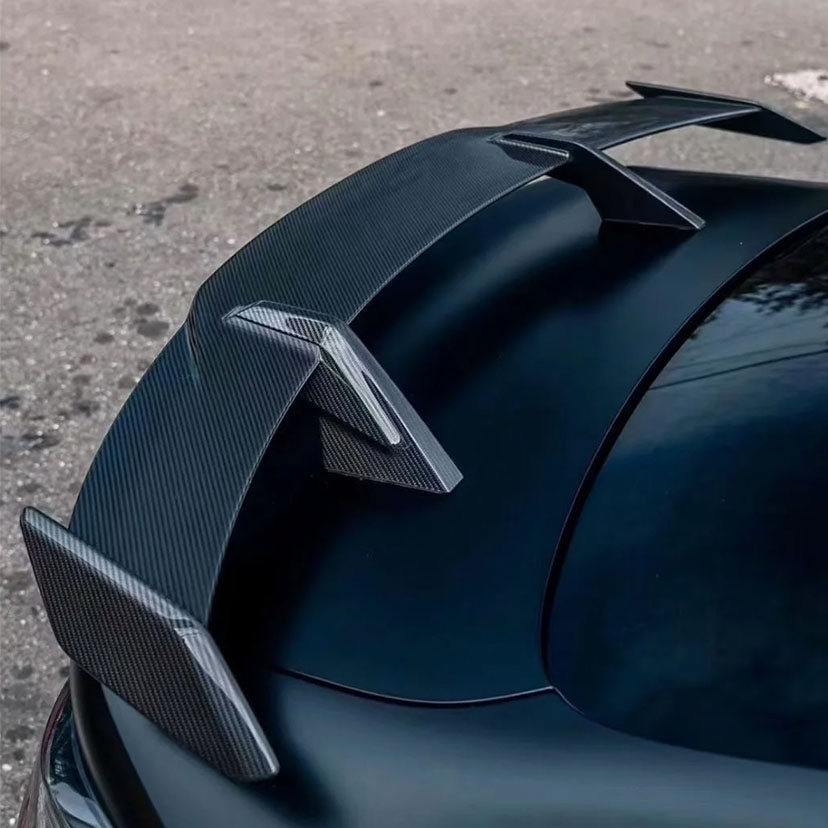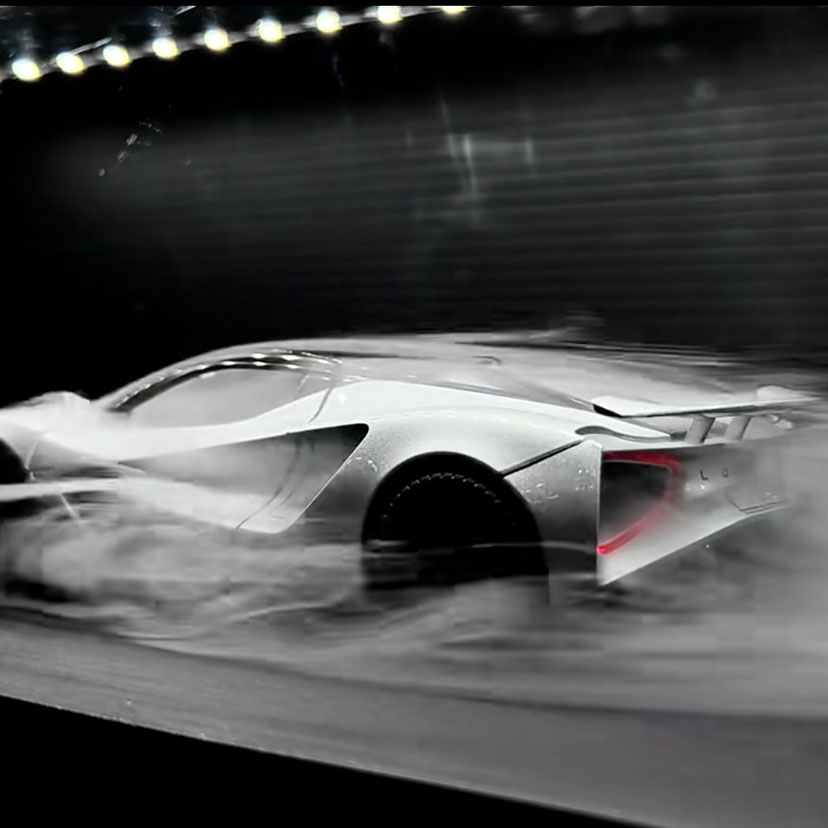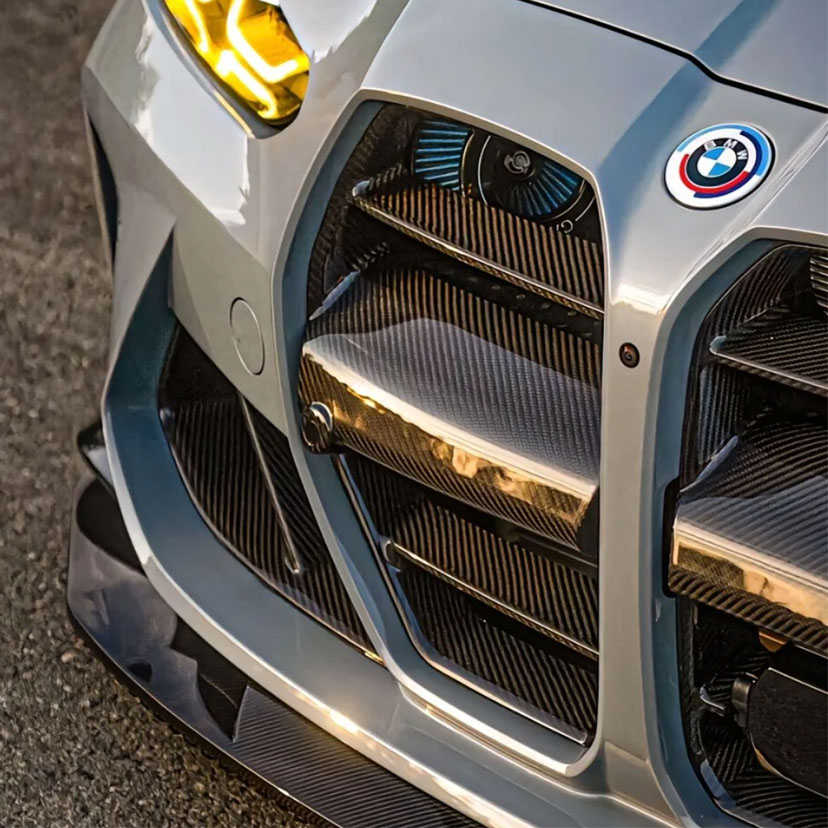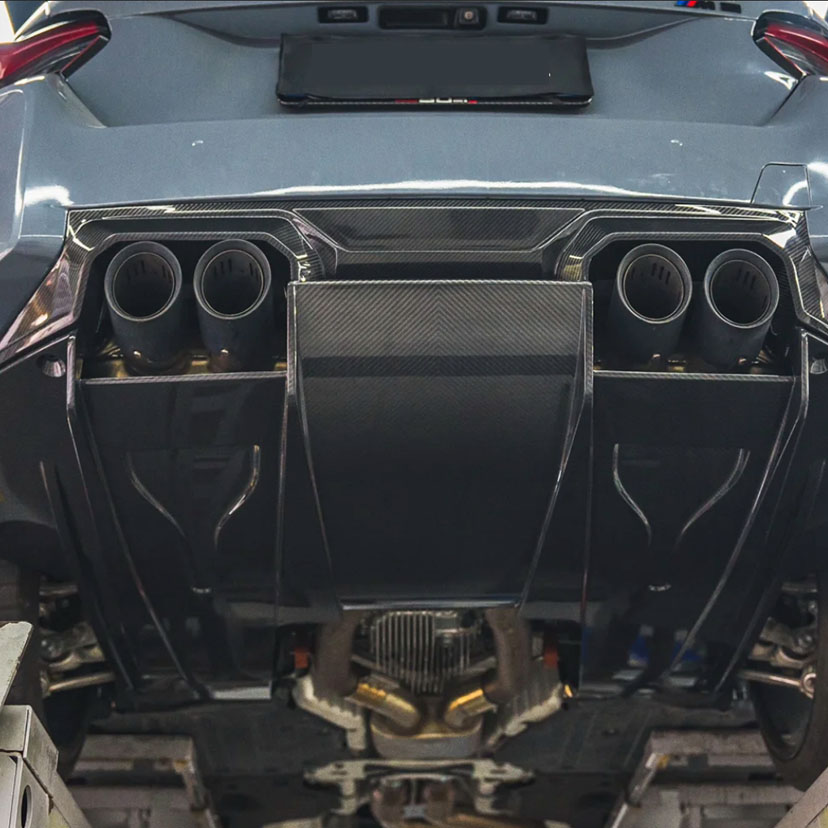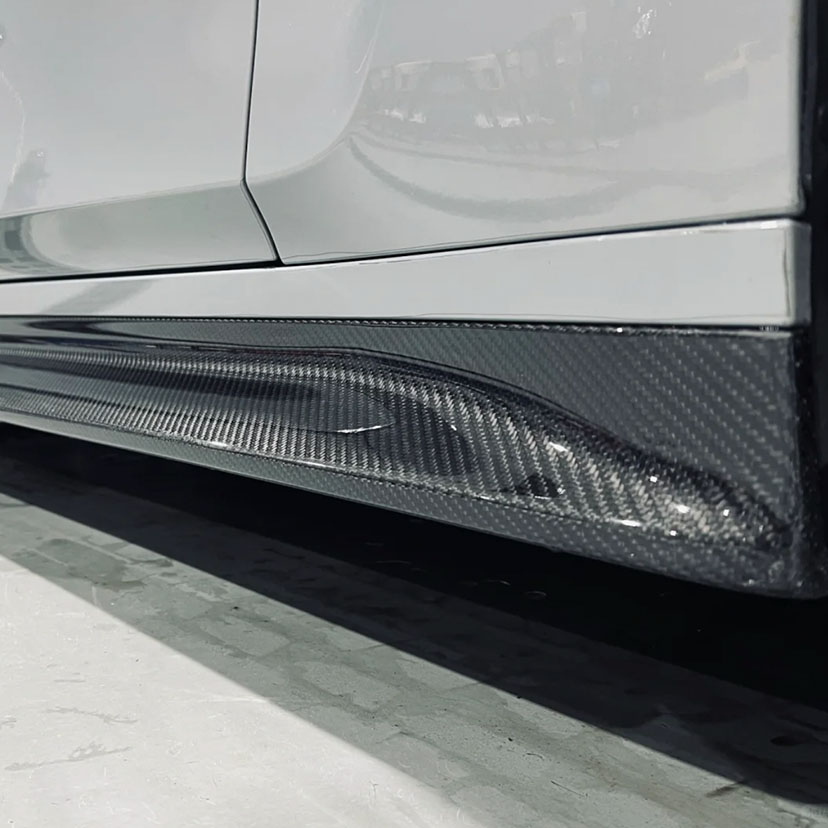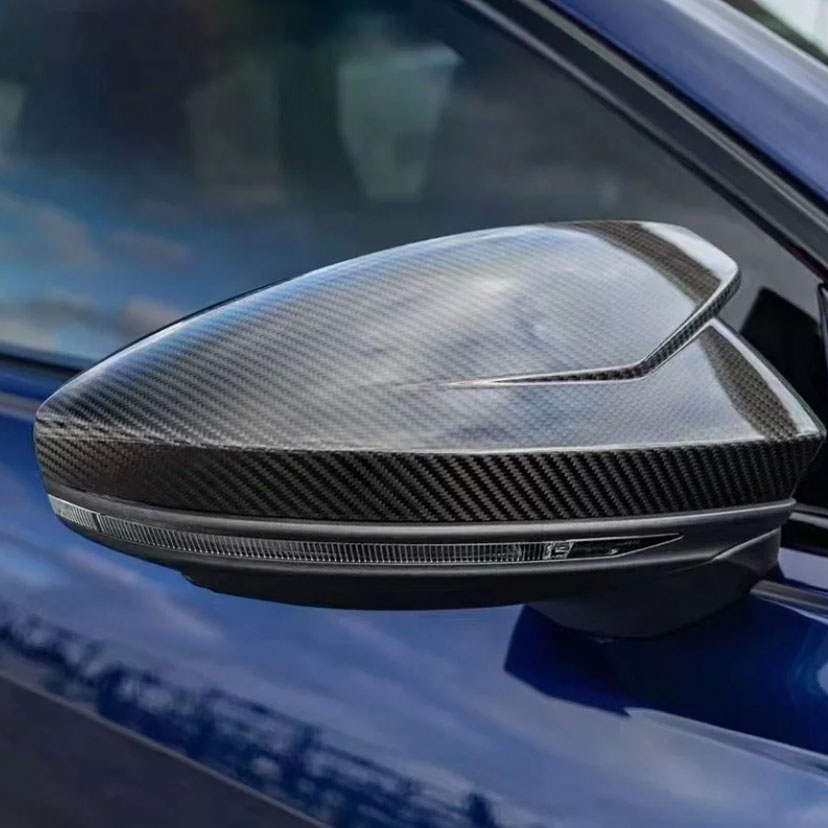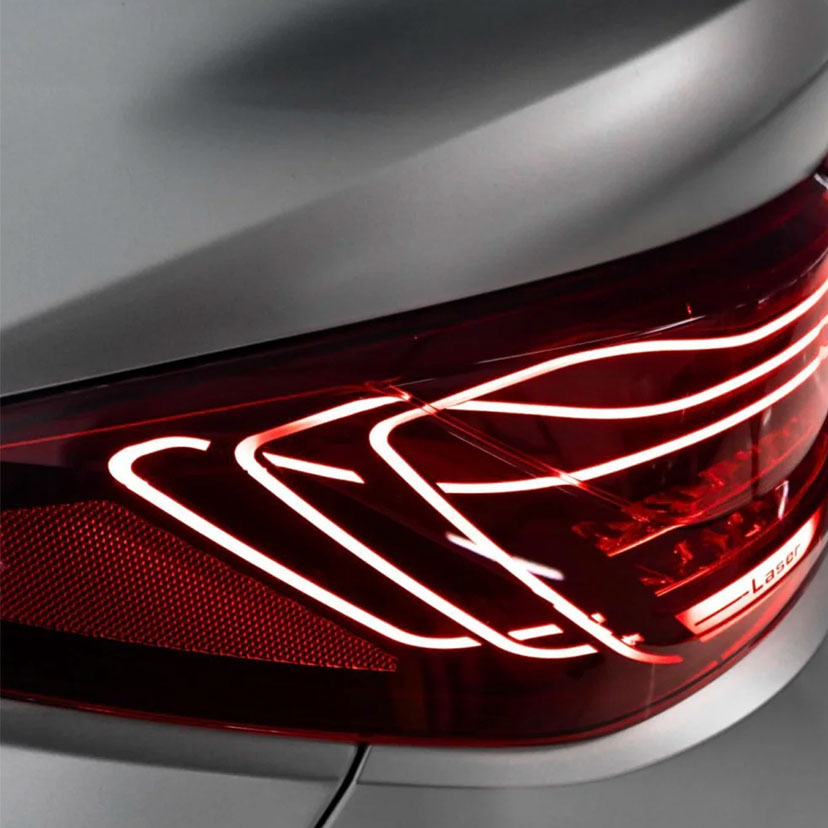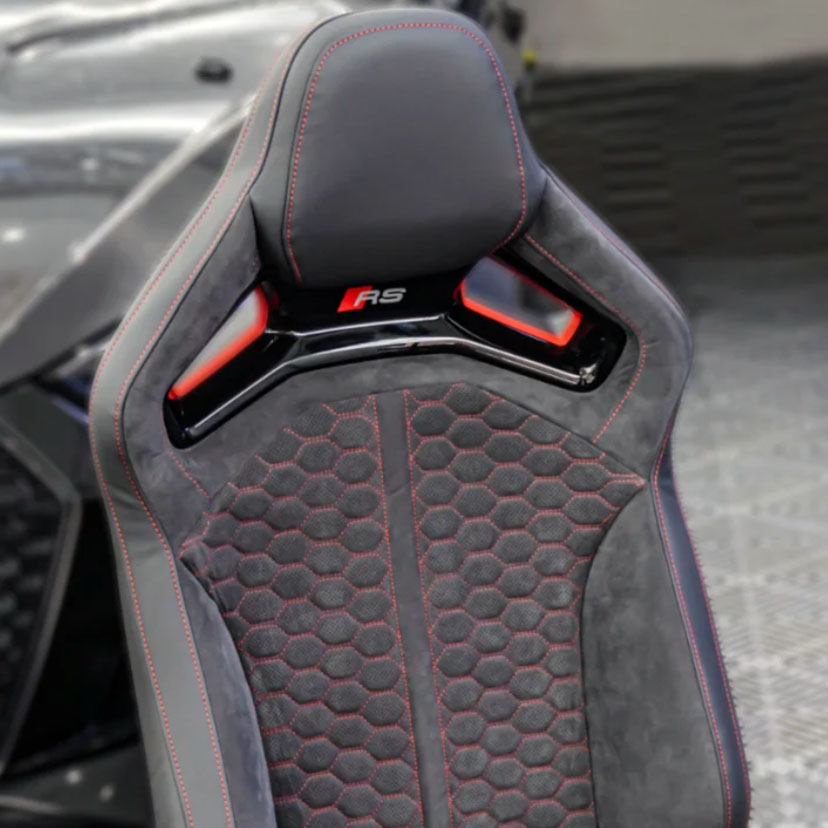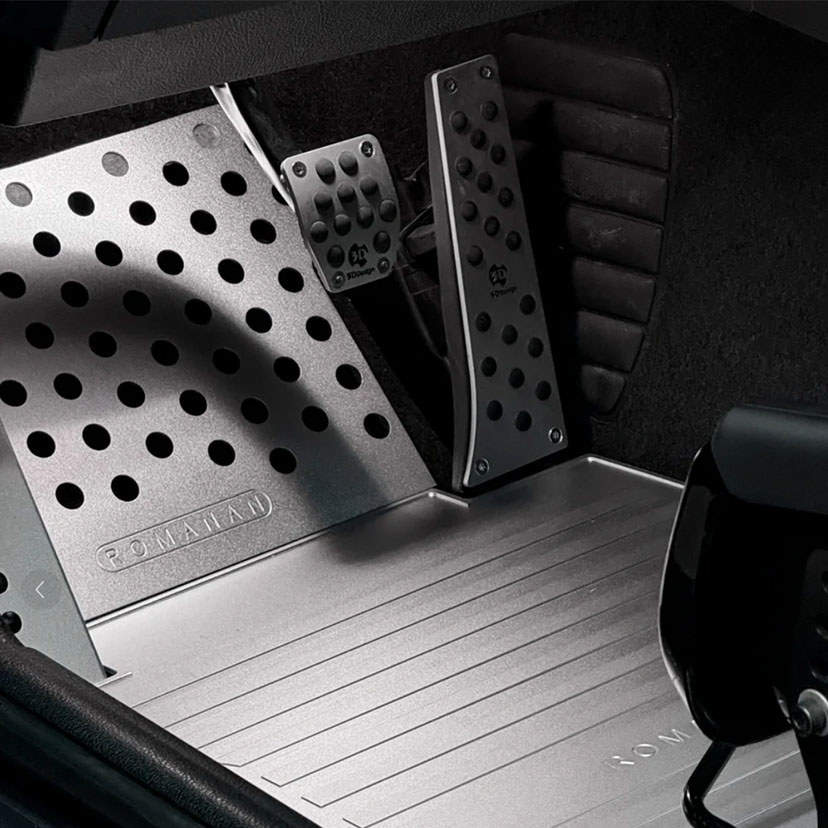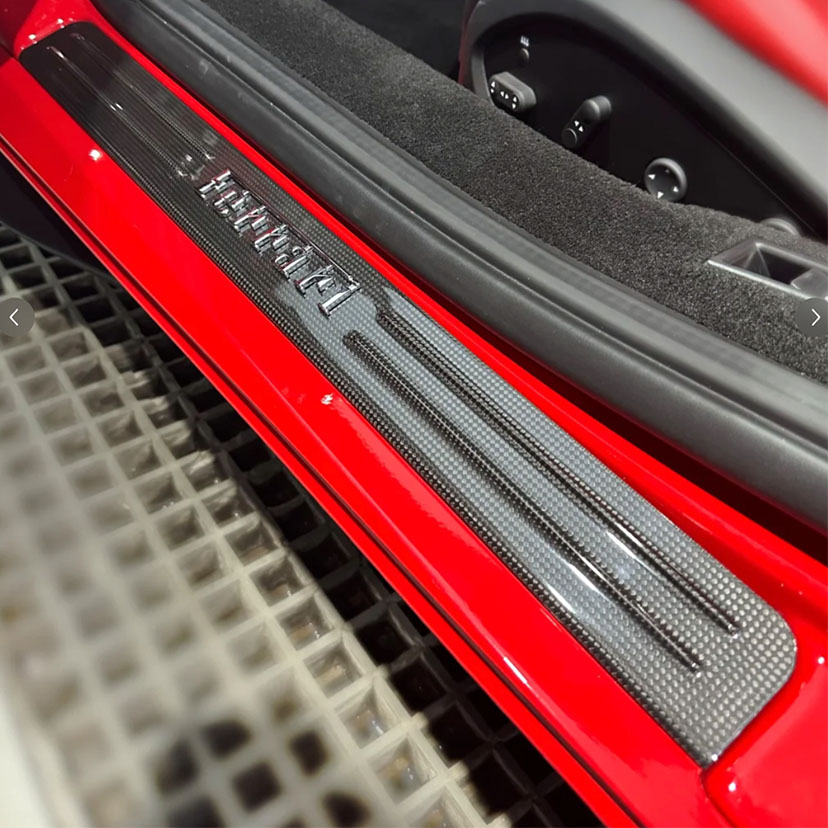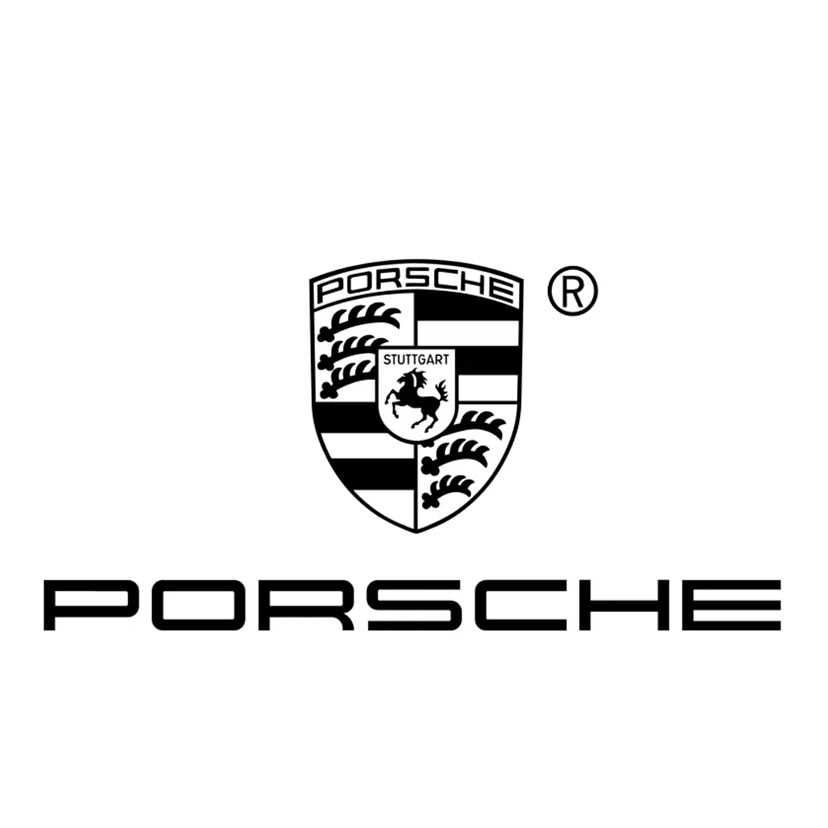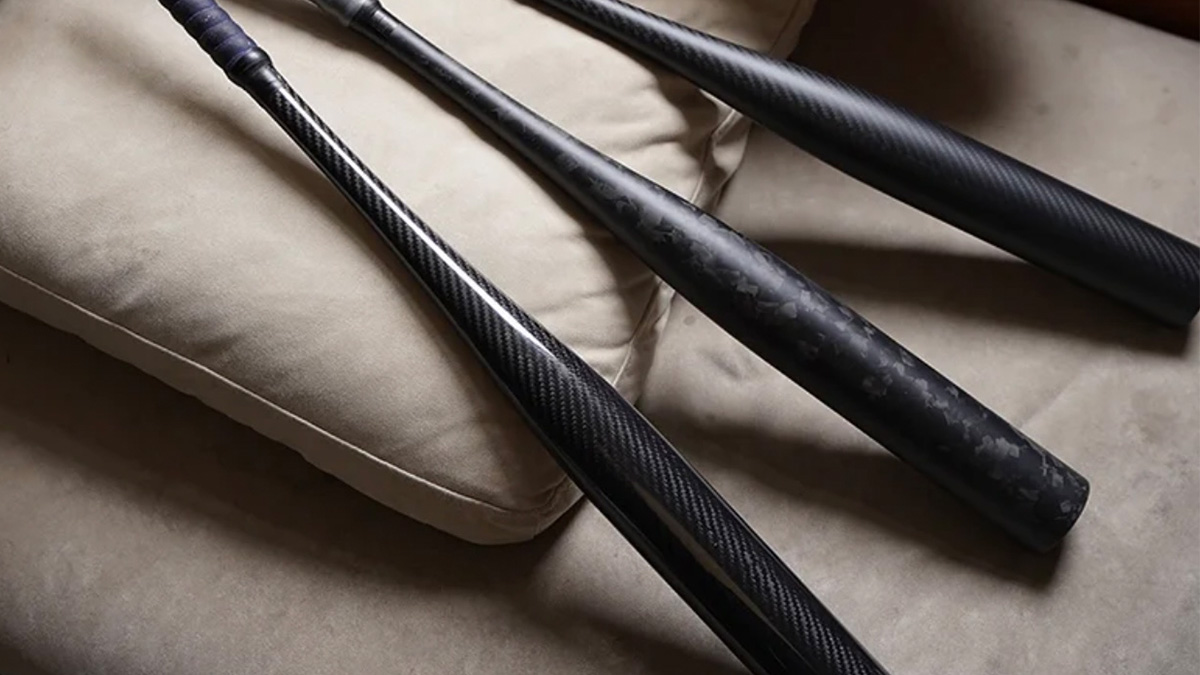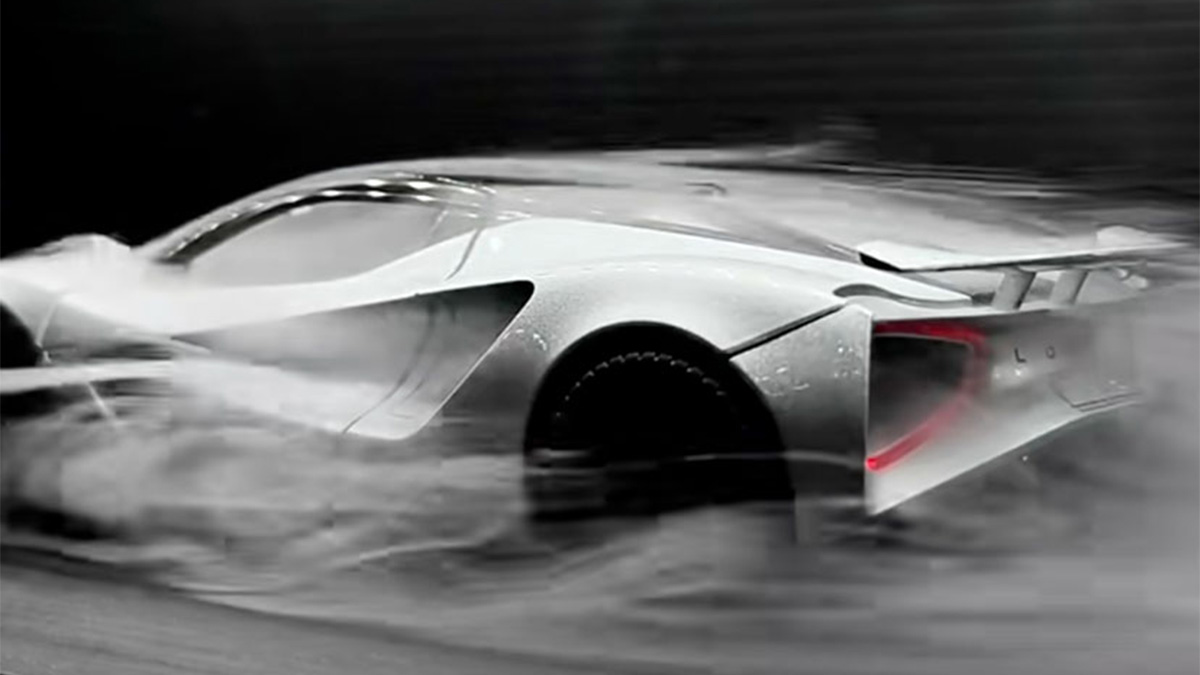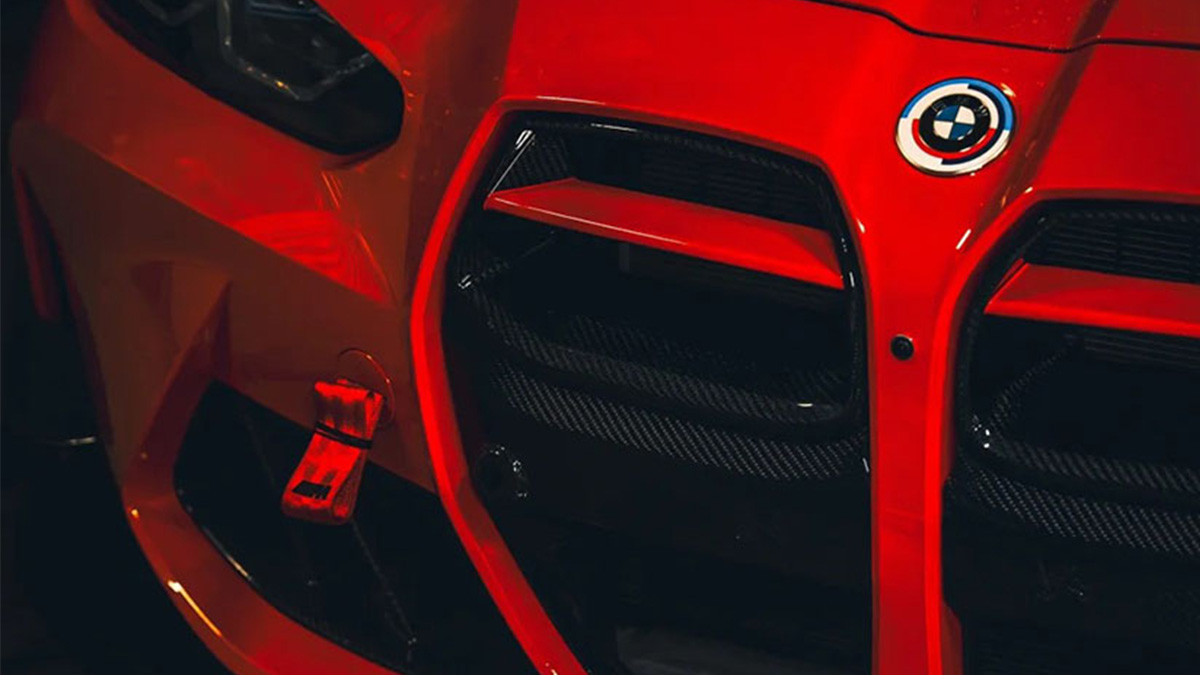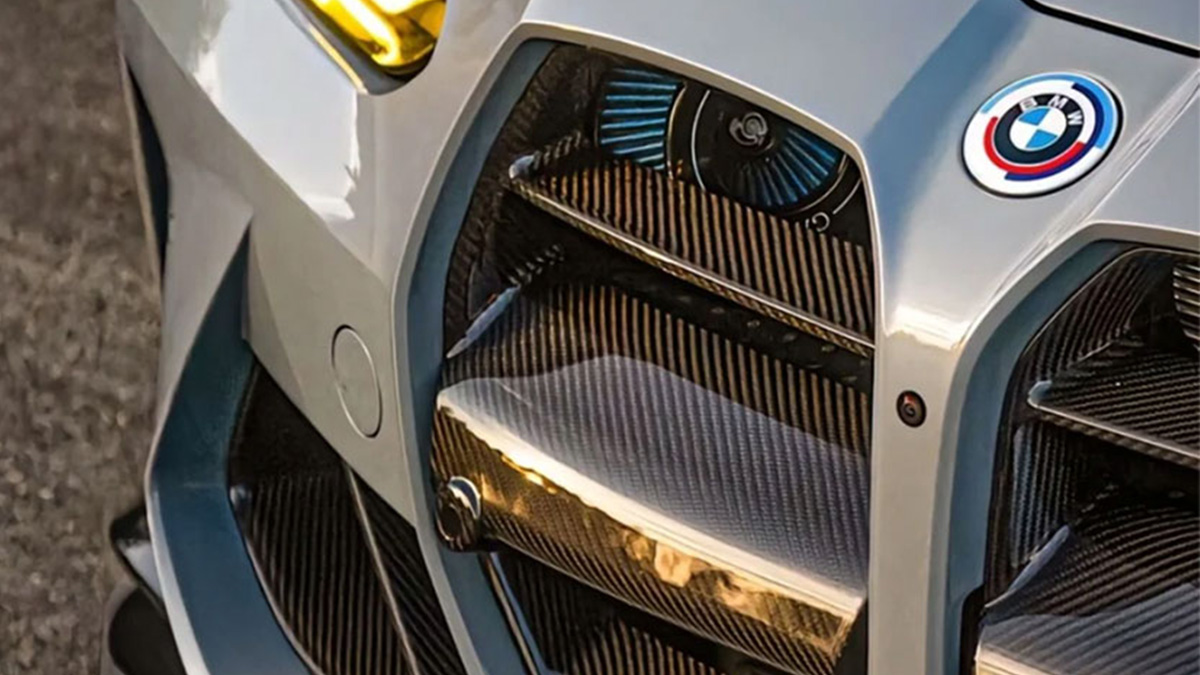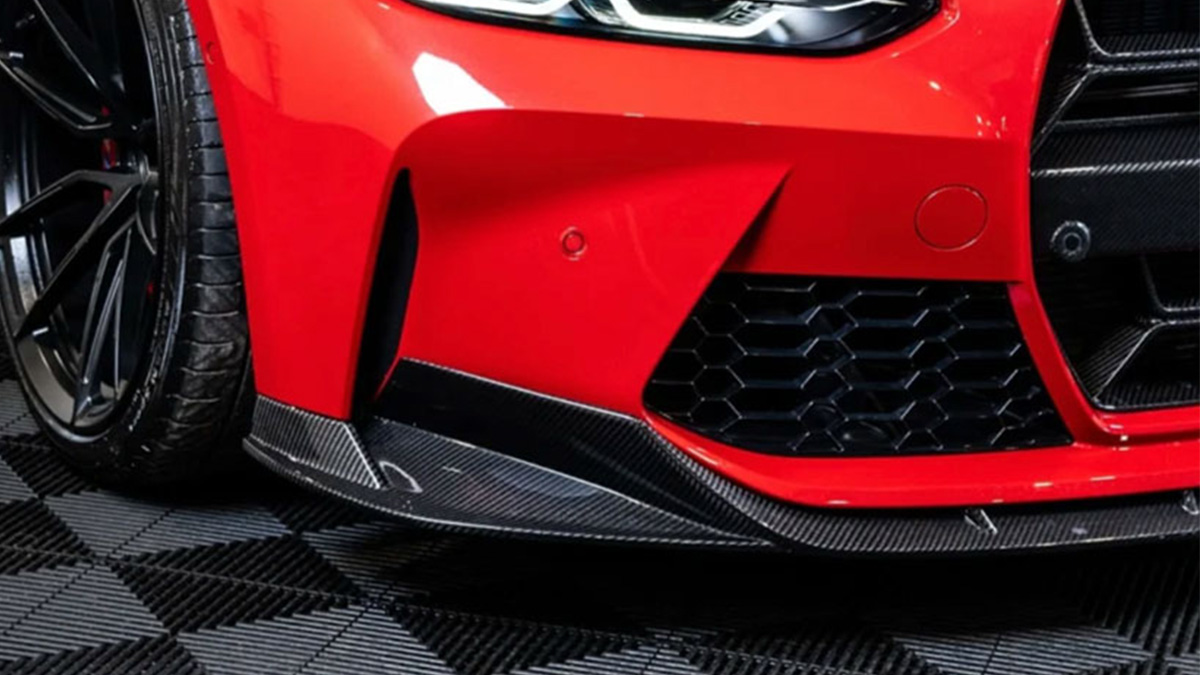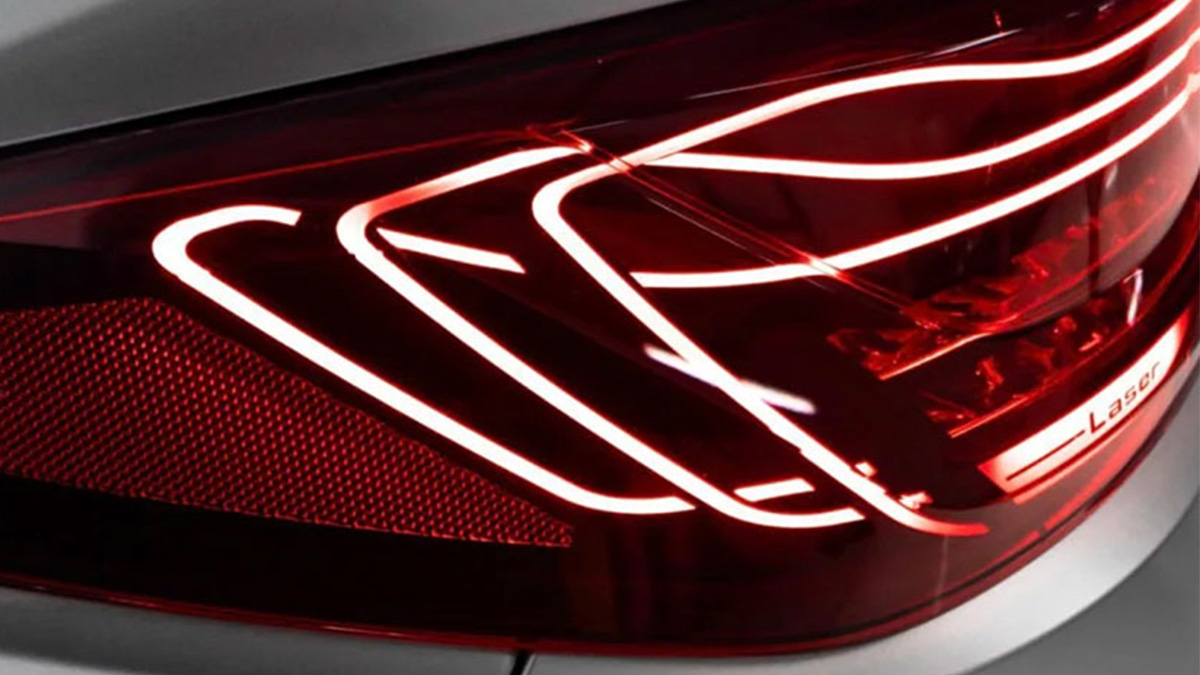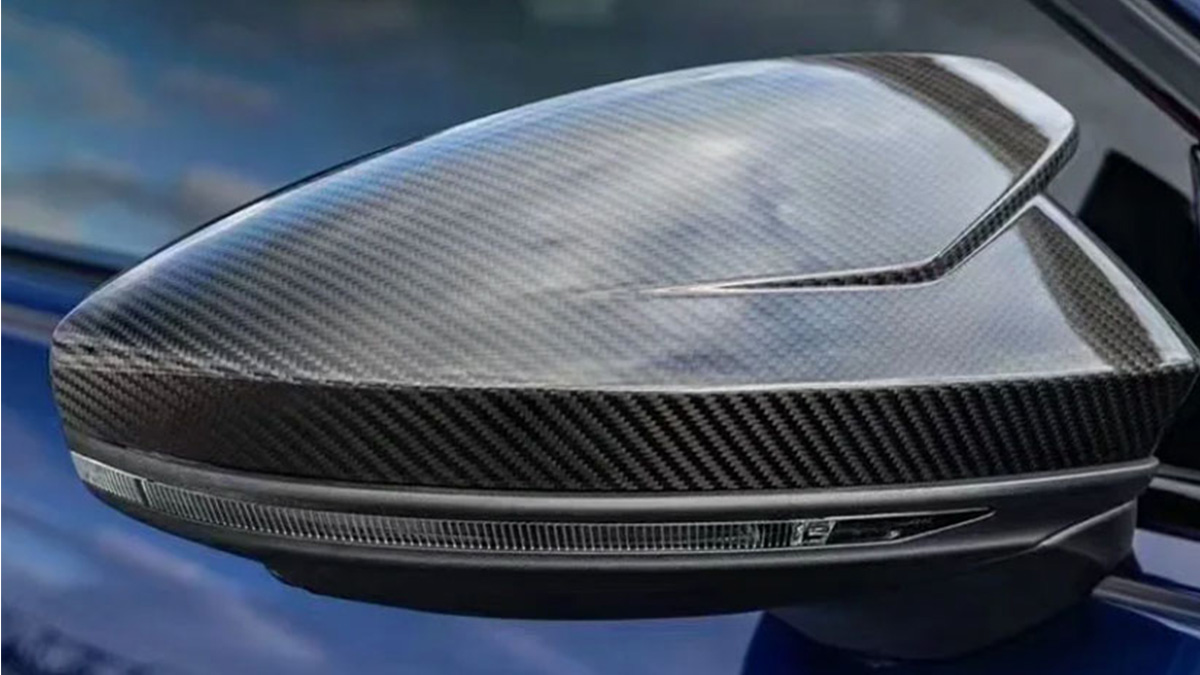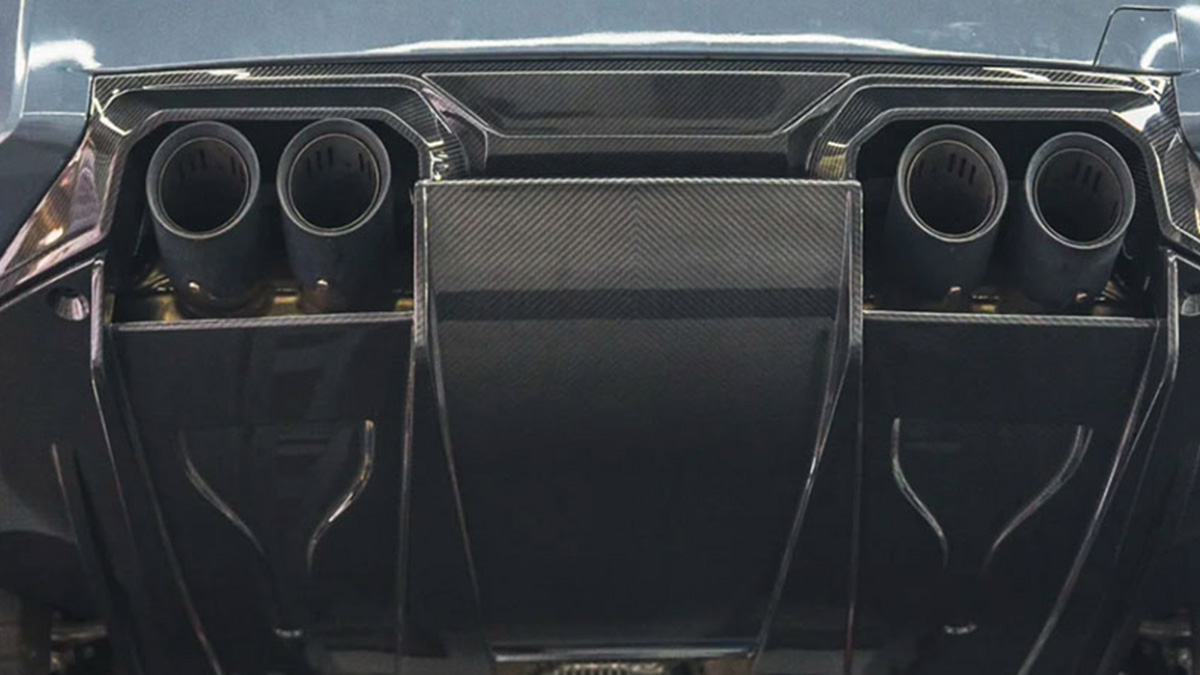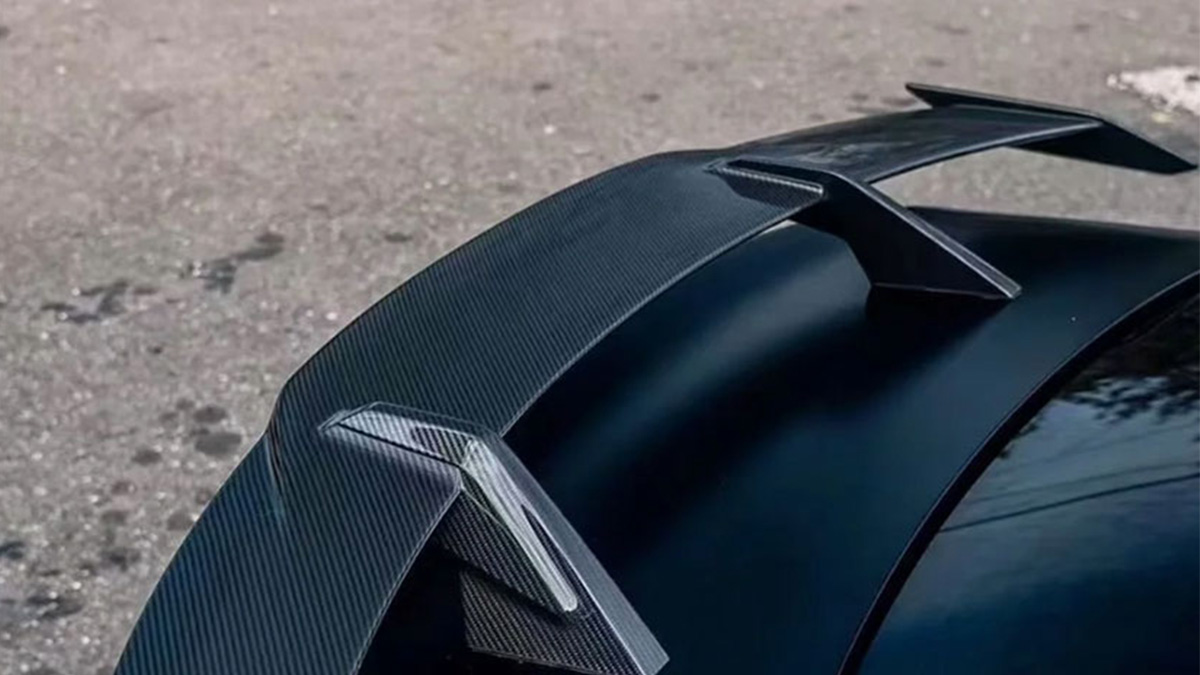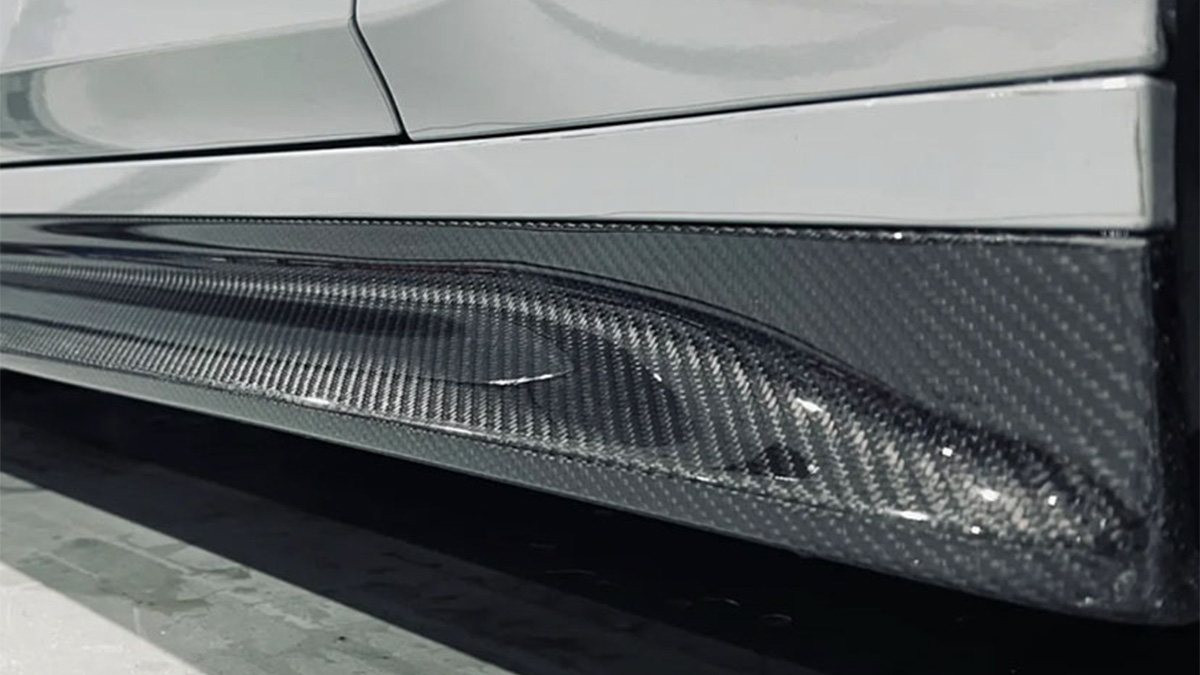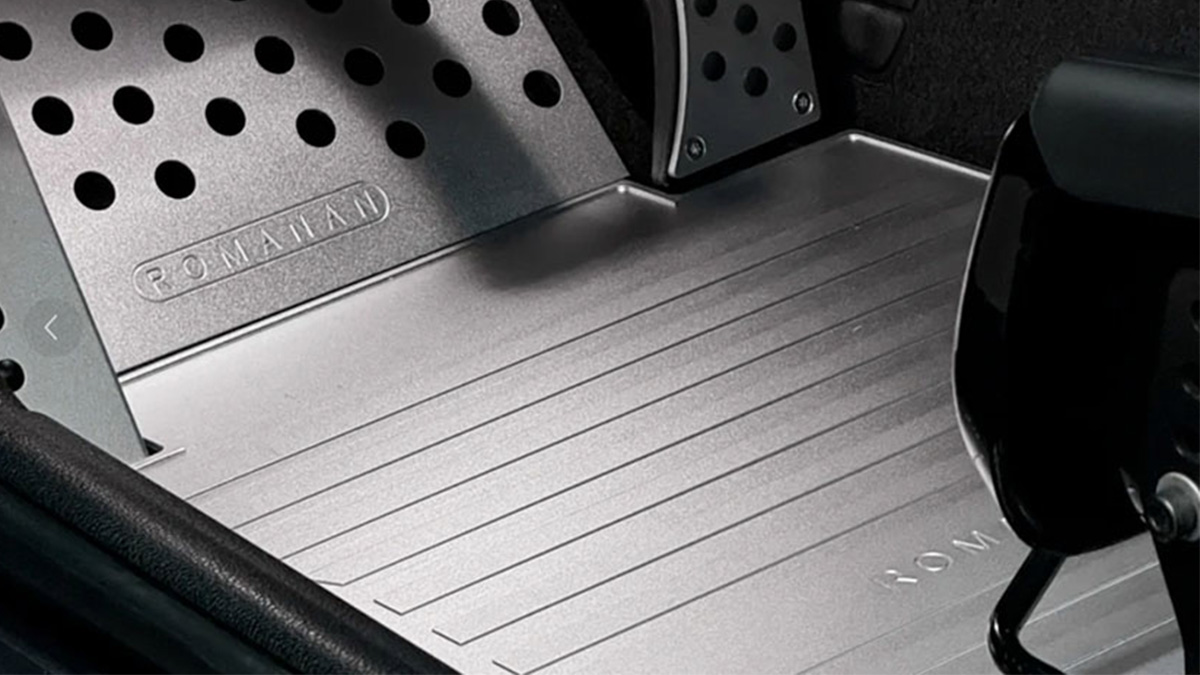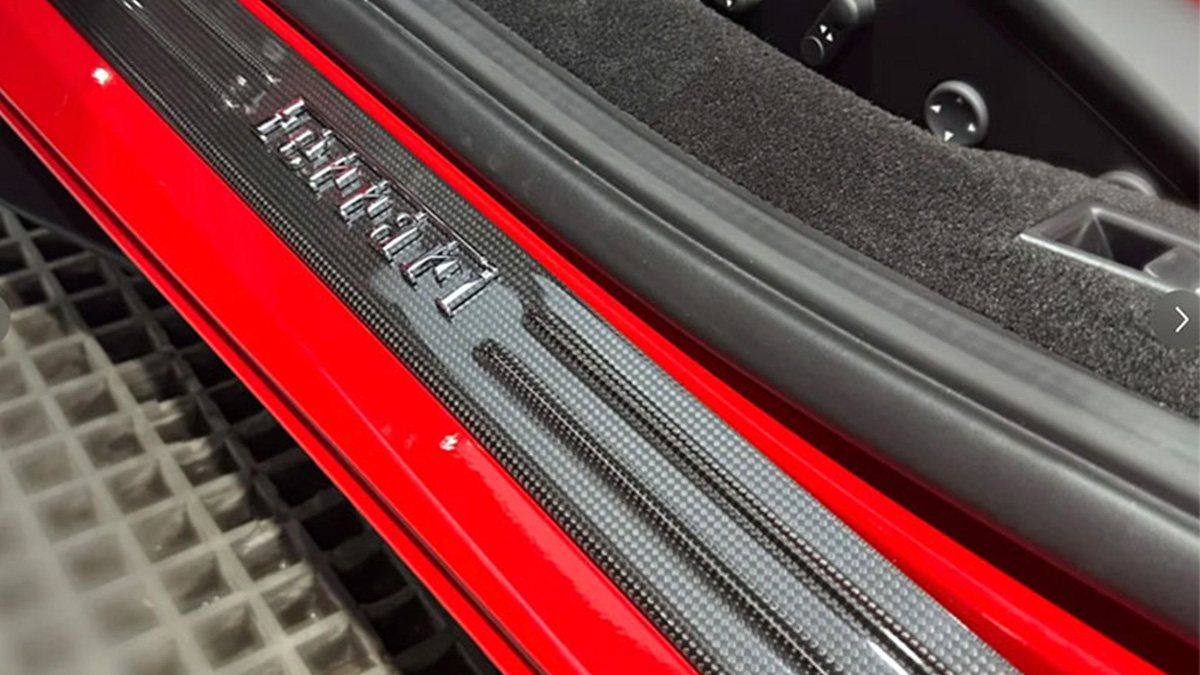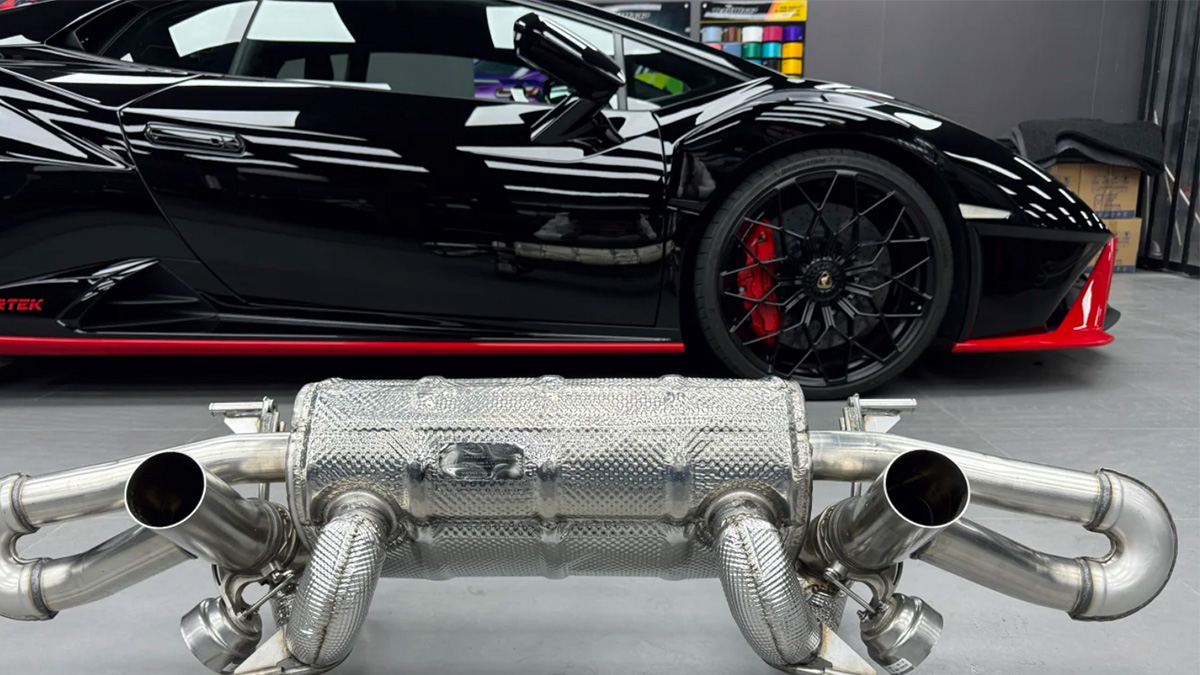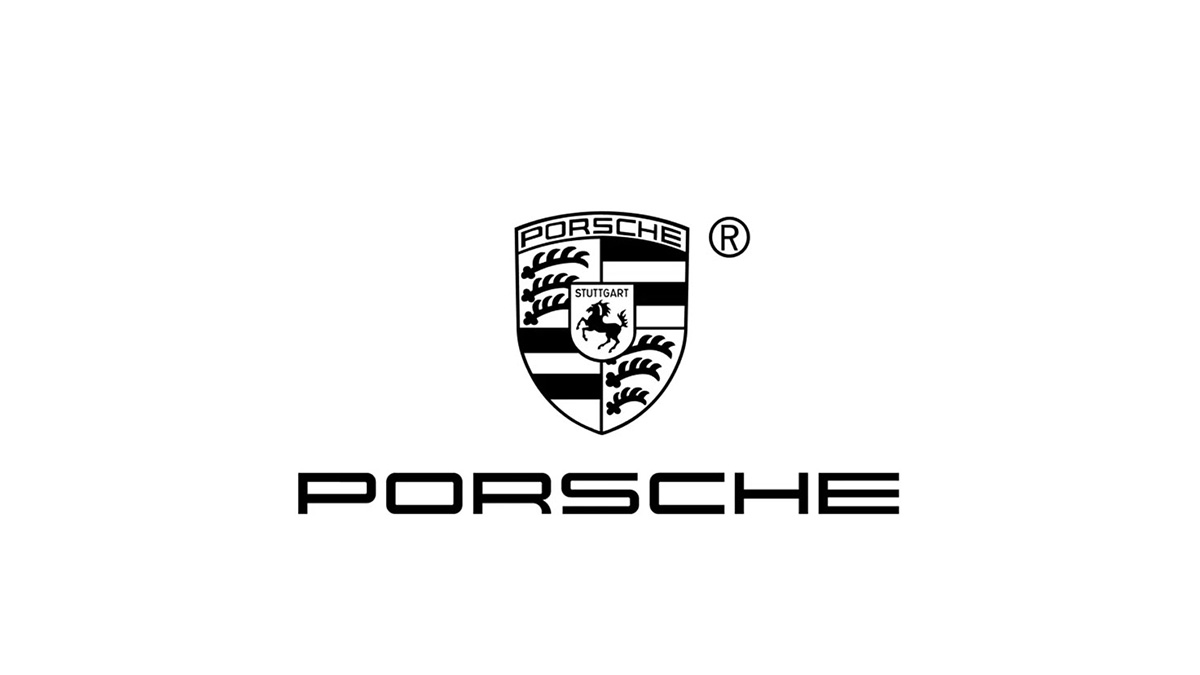From Concept to Icon: The Evolution of the McLaren F1 Car

The McLaren F1 car stands as a masterpiece in automotive history. Its revolutionary design and engineering set benchmarks that still inspire modern hypercars. With a 6.1-liter V12 engine producing 627 horsepower, it achieved a top speed of 240.1 mph, holding the title of the fastest road-legal car for over a decade. You can see its exclusivity in the limited production of just 106 units, making it a collector’s dream. The use of carbon fiber and a unique three-seat layout showcased McLaren’s commitment to innovation, cementing its place as an icon in the automotive world.
Principaux enseignements
The McLaren F1 changed car design with its light carbon-fiber body and center driver seat, setting new performance records.
Bruce McLaren’s ideas of creativity and quality still shape McLaren’s supercars today, mixing race car skills with road car designs.
The F1’s advanced features, like its powerful V12 engine, made it the fastest street-legal car for more than 10 years.
McLaren shows care for the planet with cars like the Artura, which uses hybrid tech and high speed, inspired by the F1’s ideas.
The McLaren F1’s fame and rarity make it a prized collector’s car, now worth over $20 million.
McLaren’s History: From Racing to Road Cars
Bruce McLaren and the Birth of a Racing Legacy
You can trace McLaren’s roots back to 1963 when Bruce McLaren founded the company with a vision to dominate the racing world. His passion for speed and engineering excellence began early. At just 22 years old, he won his first Grand Prix, showcasing his talent and ambition. Bruce’s relentless pursuit of perfection laid the foundation for McLaren’s success. His attention to detail and innovative spirit became the standard for the company. These qualities helped McLaren achieve its first Formula 1 championship in 1974 with Emerson Fittipaldi. This victory solidified McLaren’s reputation as a leader in racing.
Bruce’s ethos continues to influence McLaren today. The same drive for excellence that powered the racing team now fuels the creation of groundbreaking supercars. His legacy is not just about winning races but about pushing the boundaries of what’s possible in both racing and road car design.
Transitioning from Formula 1 to Road Car Innovation
McLaren’s journey from the racetrack to the road was marked by key milestones. The introduction of the McLaren F1 in 1992 was a turning point. This car showcased McLaren’s ability to translate its Formula 1 expertise into road car innovation. The F1’s carbon-fiber chassis and central driving position were revolutionary. These features demonstrated McLaren’s commitment to lightweight construction and advanced engineering.
In 2010, McLaren Automotive was born, marking the company’s formal entry into the supercar market. The MP4-12C, launched in 2011, set new standards for performance and technology. McLaren’s transition from racing to road cars wasn’t just about building fast cars. It was about applying decades of racing knowledge to create vehicles that redefined what supercars could achieve.
The Vision Behind the McLaren F1 Car
The McLaren F1 car was born from a bold vision. Gordon Murray, the car’s designer, sketched the initial concept during a flight in 1988. His experience driving the Honda NSX played a crucial role in shaping the F1’s design. Murray admired the NSX’s handling and ride quality, which became benchmarks for the F1. He aimed to create a car that was not only faster but also more refined.
The F1’s design focused on achieving the ultimate driving experience. Its central driving position, lightweight construction, and unmatched performance set it apart. Murray’s vision wasn’t just about speed. It was about creating a car that combined innovation, engineering excellence, and a driver-focused experience. This vision turned the McLaren F1 into a legend.
The McLaren F1: Conceptualization and Launch

Gordon Murray’s Revolutionary Vision
You can trace the McLaren F1 car’s origins to Gordon Murray’s groundbreaking ideas. In 1988, Murray envisioned the ultimate road car, combining extreme performance with precision engineering. His design philosophy emphasized low weight and high power, achieved through advanced materials like carbon fiber and titanium. This approach set a new benchmark for high-level performance in supercars.
Murray’s insistence on a naturally aspirated engine ensured better driver control, a principle that remains relevant today. The F1 became the first production car to feature a carbon-fiber monocoque chassis, showcasing Murray’s innovative thinking. He also introduced a central driving position, inspired by Formula One technology, to enhance the driving experience. These revolutionary ideas made the McLaren F1 a masterpiece of engineering and design.
Engineering Marvels of the McLaren F1
Carbon Fiber Chassis and Lightweight Design
The McLaren F1’s engineering brilliance lies in its lightweight construction. The carbon-fiber monocoque chassis reduced weight while maintaining strength, a first in production cars. Magnesium alloy wheels and a titanium sub-structure further contributed to its weight-saving measures. These innovations allowed the F1 to achieve extreme performance without compromising stability or safety.
Central Driving Position and Unique Features
The F1’s unique three-seat layout placed you, the driver, at the center, flanked by two passenger seats. This design enhanced control and visibility, making you feel at one with the car. The meticulous attention to detail extended to the engine bay, where gold foil provided thermal insulation. Features like dihedral doors and an on-board diagnostic computer added to the car’s futuristic appeal.
Performance Milestones
Breaking Speed Records
The McLaren F1 earned its place in history as the world’s fastest production car, reaching a top speed of 240.1 mph. This record, held for over a decade, showcased McLaren’s commitment to pushing the limits of performance. Even today, the F1 remains the fastest naturally aspirated production car, a testament to its engineering excellence.
Motorsport Success with the F1 GTR
The F1 GTR’s dominance in racing further cemented its legacy. At the 1995 24 Hours of Le Mans, the F1 GTR secured first, third, fourth, and fifth positions, an extraordinary achievement for a road car adapted for racing. This success highlighted the F1’s versatility and its ability to deliver high-level performance on both the road and the track.
The Legacy of the McLaren F1
Influence on McLaren’s Future Models
The P1 and Hybrid Hypercar Innovation
The McLaren F1 car set a benchmark for engineering excellence, influencing the development of future models like the P1. The P1 embraced the F1’s legacy by combining cutting-edge technology with exceptional performance. It introduced hybrid hypercar innovation, blending a twin-turbo V8 engine with an electric motor to deliver 903 horsepower. This approach showcased McLaren’s ability to merge sustainability with speed, a principle rooted in the F1’s design philosophy. The P1 demonstrated how McLaren could adapt its racing expertise to meet modern demands while staying true to its heritage.
The Speedtail and Three-Seater Design Revival
The Speedtail revived the iconic three-seater layout pioneered by the McLaren F1. This design placed you, the driver, at the center, offering an unparalleled sense of control and connection to the car. While the Speedtail wasn’t intended as a direct successor to the F1, it carried forward the spirit of innovation. As McLaren’s fastest car to date, the Speedtail combined aerodynamic efficiency with luxury, proving that the F1’s influence continues to shape McLaren’s vision for the future.
“It was never a successor to the F1—that’s not what we set out to do,” Palmer says. “We knew with the central driving position that people would compare it, but that wasn’t our intent.”
Cultural and Market Impact
Collectibility and Rising Value
The McLaren F1 remains one of the most sought-after cars in the world. Its limited production and groundbreaking design have made it a collector’s dream. Over the years, its value has skyrocketed, with some models selling for over $20 million at auctions. This exclusivity reflects McLaren’s ability to create cars that transcend their time, appealing to high-net-worth individuals who value luxury and innovation.
Media and Pop Culture Presence
The McLaren F1 has left an indelible mark on media and pop culture. It appeared on an alternate cover of Frank Ocean’s album, nostalgia, ULTRA, and featured in the music video for his song, Nike. Its influence extends beyond appearances, shaping the design and performance standards of modern supercars. The F1’s presence in popular culture reinforces its status as an icon, ensuring its legacy endures in the public imagination.
McLaren’s Modern Hypercars and the F1’s Influence

Evolution of McLaren’s Design Philosophy
You can see how McLaren’s design philosophy has evolved since its founding in 1963. Initially focused on racing, the company dominated Formula 1 by the 1970s. The introduction of the McLaren F1 in 1992 marked a shift toward high-performance road cars. This car emphasized engineering perfection and lightweight construction. By 2010, McLaren Automotive formalized the brand’s entry into cutting-edge supercars. Today, McLaren continues to prioritize lightweight materials, aerodynamic efficiency, and advanced engineering.
The McLaren F1 set the standard for lightweight construction and aerodynamic innovation.
Modern hypercars like the P1 and Speedtail build on these principles, blending performance with efficiency.
Hybrid technology, first seen in the P1, reflects McLaren’s commitment to sustainable innovation.
Modern Innovations Inspired by the McLaren F1
The Artura and Sustainable Performance
The Artura represents McLaren’s leap into sustainable performance. This hybrid hypercar combines a twin-turbocharged V8 engine with an electric motor, delivering exceptional power and efficiency. The lightweight carbon-fiber monocoque chassis, inspired by the McLaren F1 car, ensures agility and speed. The Artura proves that McLaren’s innovation extends beyond raw power, focusing on sustainability without compromising performance.
The Elva and Open-Top Driving Excellence
The Elva showcases McLaren’s dedication to creating technological marvels. This hypercar offers an open-top design, delivering an unmatched driving experience. Its Active Air Management System channels airflow around you, eliminating the need for a windshield. The Elva’s lightweight construction and aerodynamic design trace their origins to the McLaren F1. This car exemplifies McLaren’s ability to blend luxury with cutting-edge engineering.
How the McLaren F1 Shapes the Brand’s Future
The McLaren F1 continues to influence McLaren’s place in the world of supercars. Its central driving position and lightweight construction inspire modern designs. Models like the Solus GT and 765LT incorporate elements such as sliding canopies and quad-exit exhaust systems. McLaren’s focus on craftsmanship and exclusivity appeals to high-net-worth individuals seeking luxury and performance. The brand’s participation in Formula 1 reinforces its image as a leader in high-performance road cars.
The McLaren F1’s legacy ensures that every hypercar McLaren creates remains a symbol of innovation and excellence.
The McLaren F1’s journey from concept to icon showcases its groundbreaking achievements. Its central driving position and lightweight carbon-fiber body redefined automotive design. Features like the handcrafted chassis and titanium throttle pedal set new engineering standards. These innovations continue to inspire modern hypercars.
The F1’s influence extends beyond McLaren. Its racing-derived engineering principles, such as speed and balance, have shaped the broader automotive industry. Manufacturers now adopt lightweight materials and advanced aerodynamics, following the F1’s lead.
The McLaren F1 remains a timeless symbol of innovation, pushing the boundaries of what cars can achieve.


